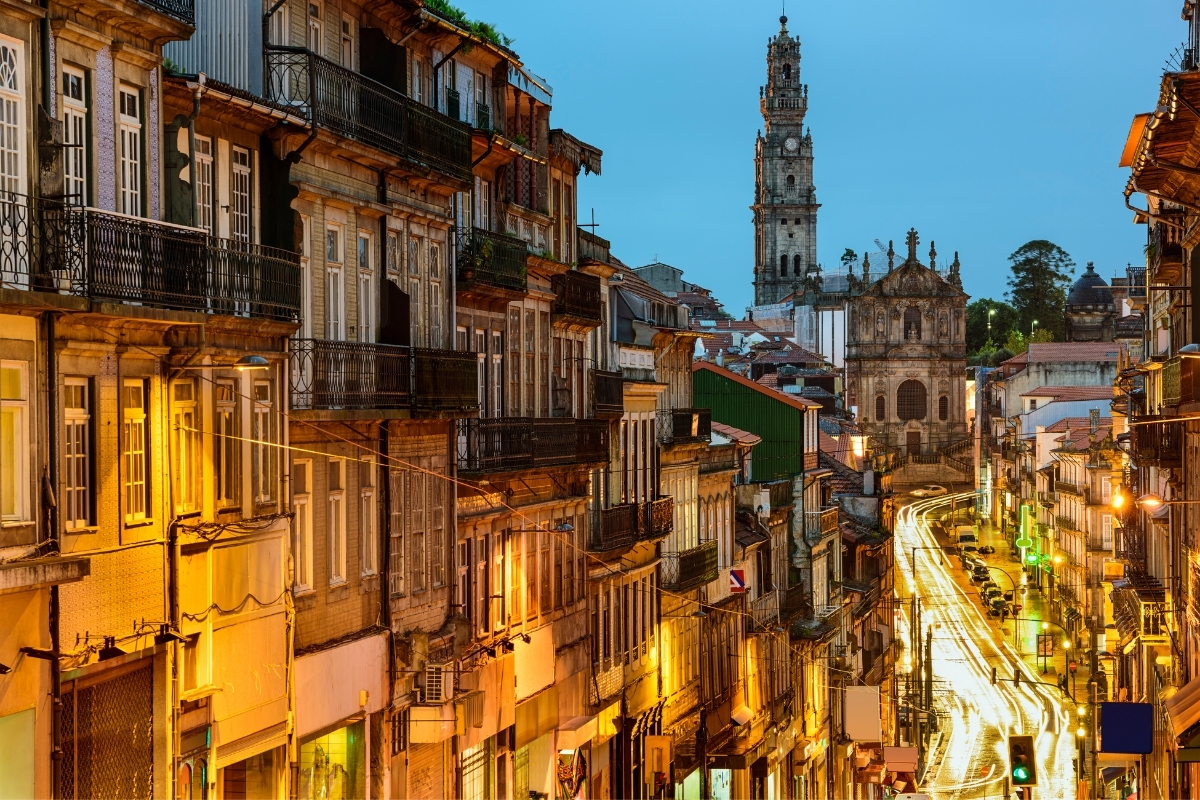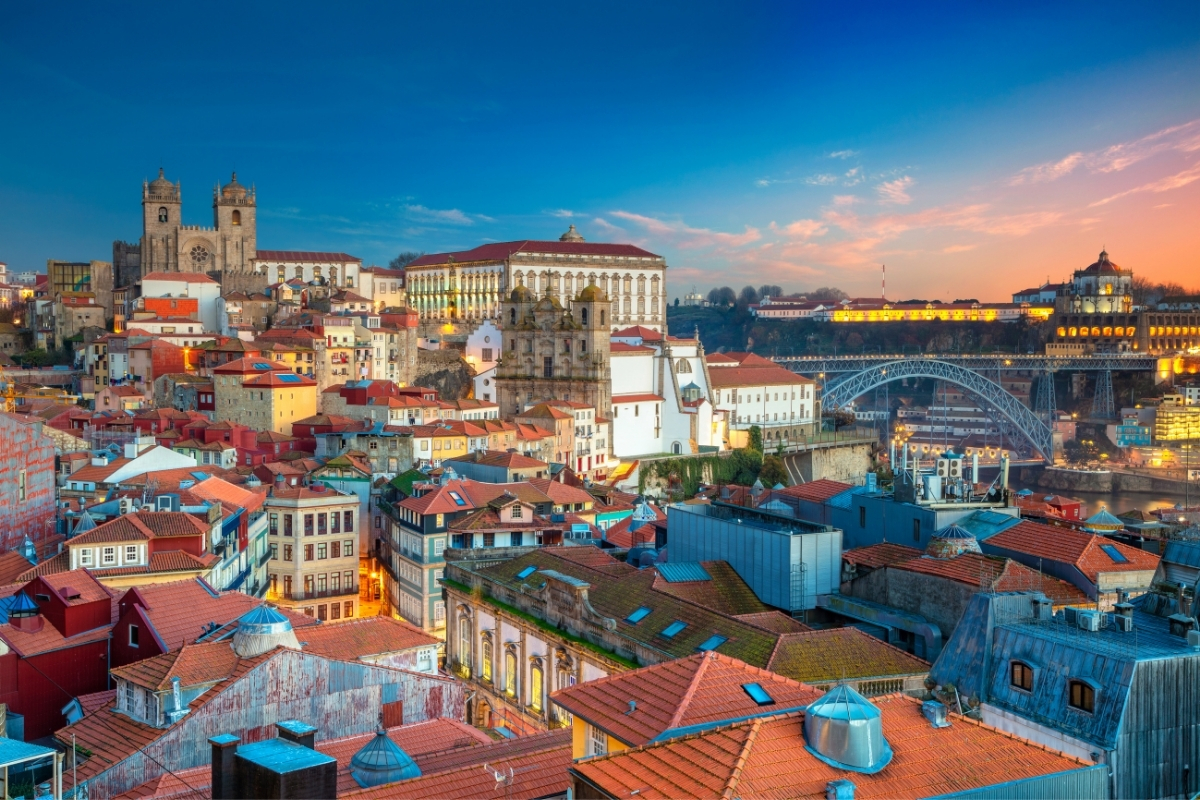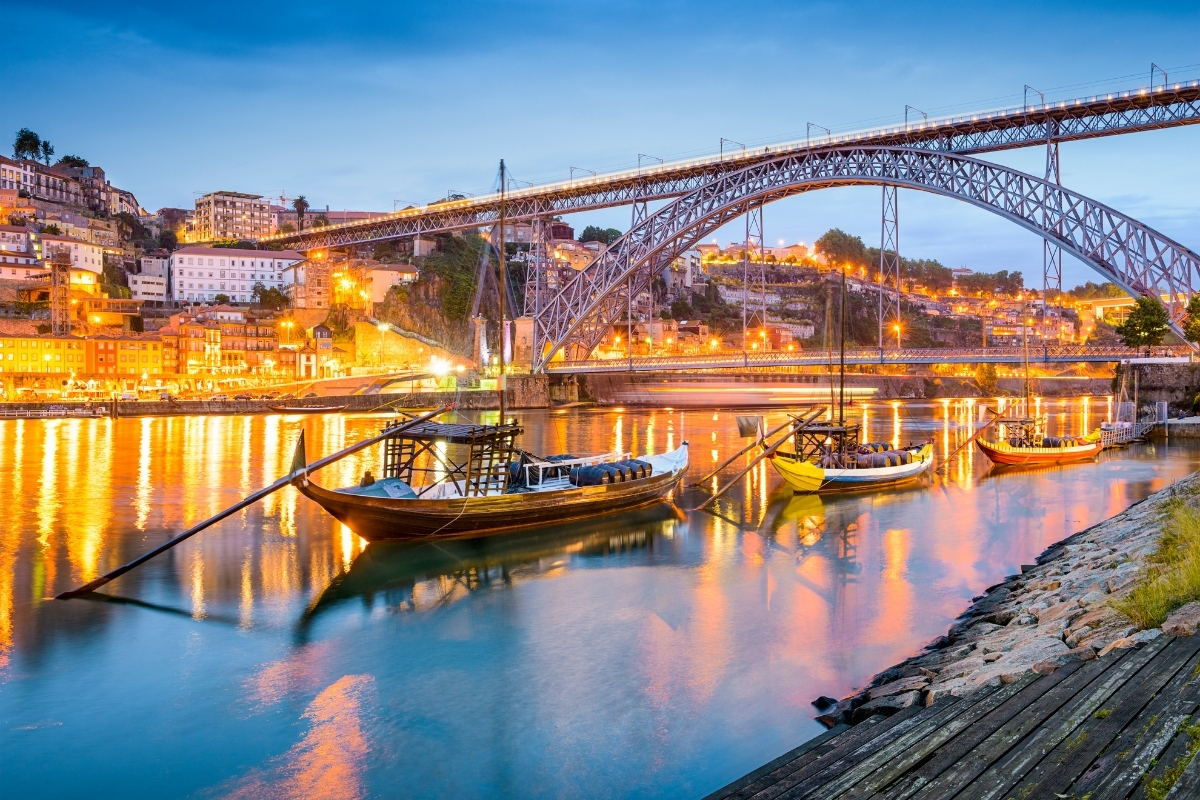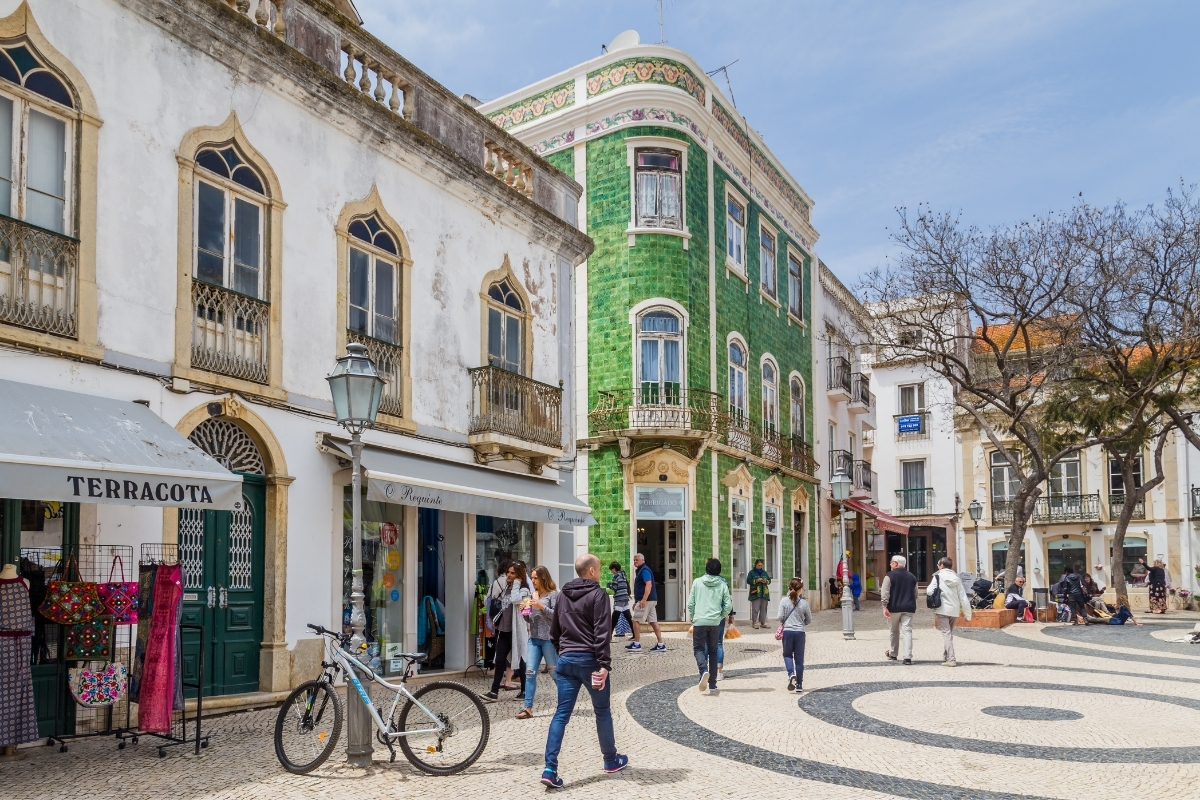

Things to Do in Guimaraes: A Friendly Guide to Exploring the City
If you’re looking for a charming city with a rich history and plenty of things to do, Guimaraes should definitely be on your list. Located
Things to Do in Viana do Castelo: A Friendly Guide to Exploring the City
If you’re looking for a charming and historic destination in Portugal, Viana do Castelo is a must-visit. This coastal city is known for its beautiful
What is Porto Famous For: A Guide to the City’s Top Attractions
If you’re planning a trip to Portugal, you might be wondering what Porto is famous for. Porto is a beautiful city located in the north
All about Porto

Shopping in Porto Portugal: A Guide to the Best Stores and Markets
Porto, a charming coastal city in Portugal, is known for its stunning architecture, delicious cuisine, and vibrant culture. But, did you know that Porto is
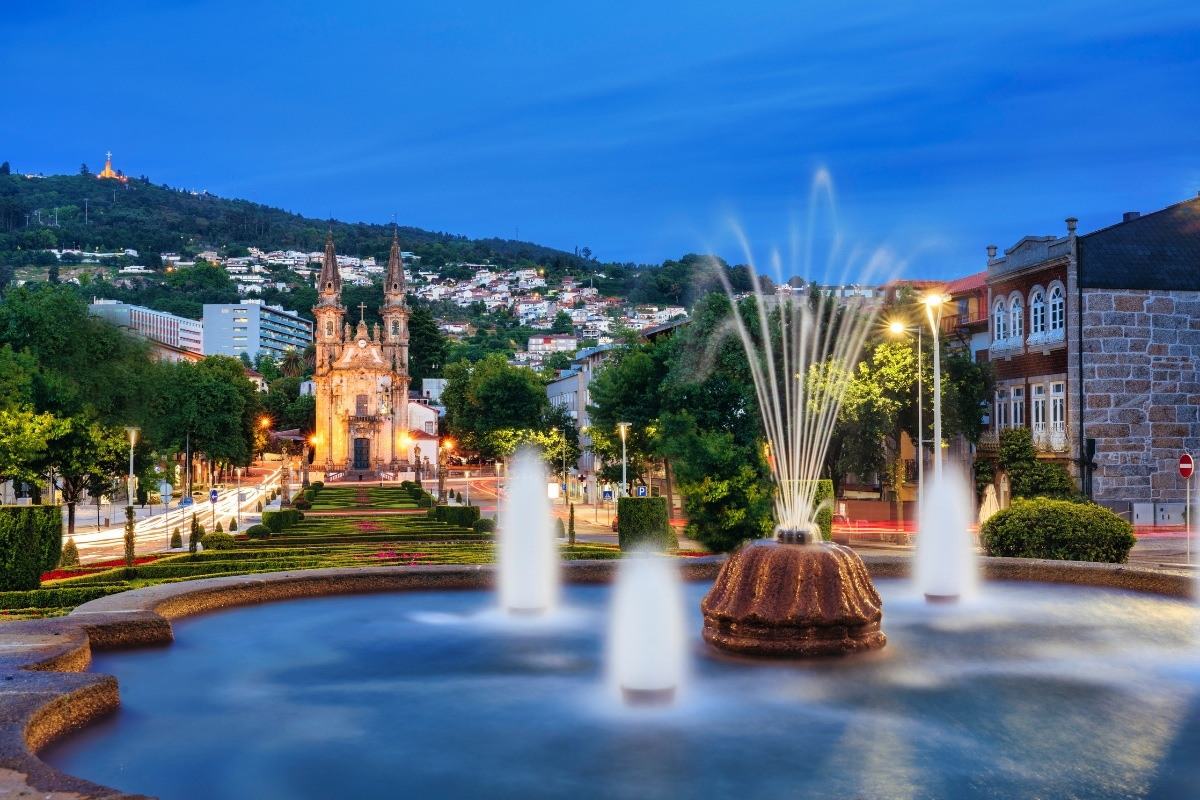
Things to Do in Guimaraes: A Friendly Guide to Exploring the City
If you’re looking for a charming city with a rich history and plenty of things to do, Guimaraes should definitely be on your list. Located
Things to Do in Viana do Castelo: A Friendly Guide to Exploring the City
If you’re looking for a charming and historic destination in Portugal, Viana do Castelo is a must-visit. This coastal city is known for its beautiful
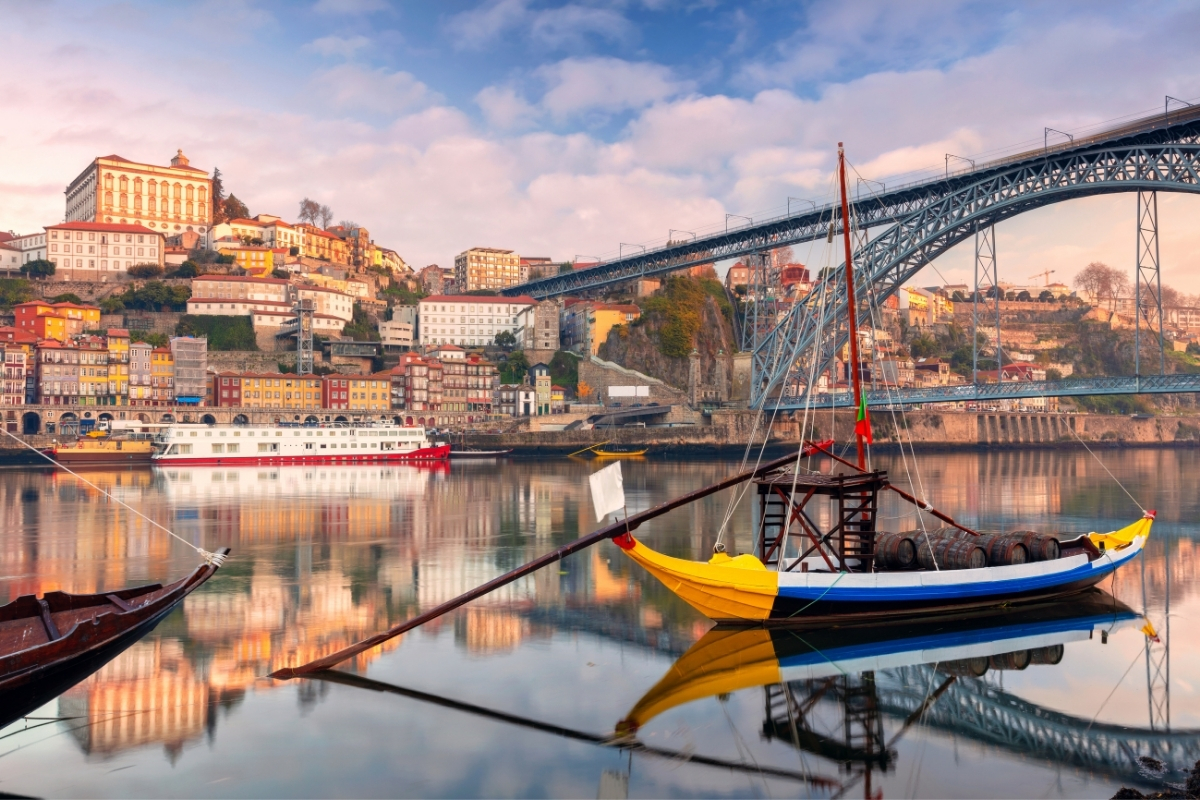
What is Porto Famous For: A Guide to the City’s Top Attractions
If you’re planning a trip to Portugal, you might be wondering what Porto is famous for. Porto is a beautiful city located in the north
All About Living
in Portugal
Shopping in Porto Portugal: A Guide to the Best Stores and Markets
Things to Do in Guimaraes: A Friendly Guide to Exploring the City
Travel & Explore Portugal

Shopping in Porto Portugal: A Guide to the Best Stores and Markets
Porto, a charming coastal city in Portugal, is known for its stunning architecture, delicious cuisine, and vibrant culture. But, did you know that Porto is

Things to Do in Guimaraes: A Friendly Guide to Exploring the City
If you’re looking for a charming city with a rich history and plenty of things to do, Guimaraes should definitely be on your list. Located
Things to Do in Viana do Castelo: A Friendly Guide to Exploring the City
If you’re looking for a charming and historic destination in Portugal, Viana do Castelo is a must-visit. This coastal city is known for its beautiful

What is Porto Famous For: A Guide to the City’s Top Attractions
If you’re planning a trip to Portugal, you might be wondering what Porto is famous for. Porto is a beautiful city located in the north

St. John’s Festival Porto Portugal: A Guide to the City’s Biggest Celebration
St. John’s Festival in Porto, Portugal is the biggest and most anticipated festival in the country. Celebrated annually on the night of June 23rd, the

Porto Family Holiday: A Fun and Affordable Vacation Destination
Porto, Portugal is a great destination for a family holiday. With its rich history, UNESCO World Heritage buildings, amazing Portuguese food, and lively atmosphere, there
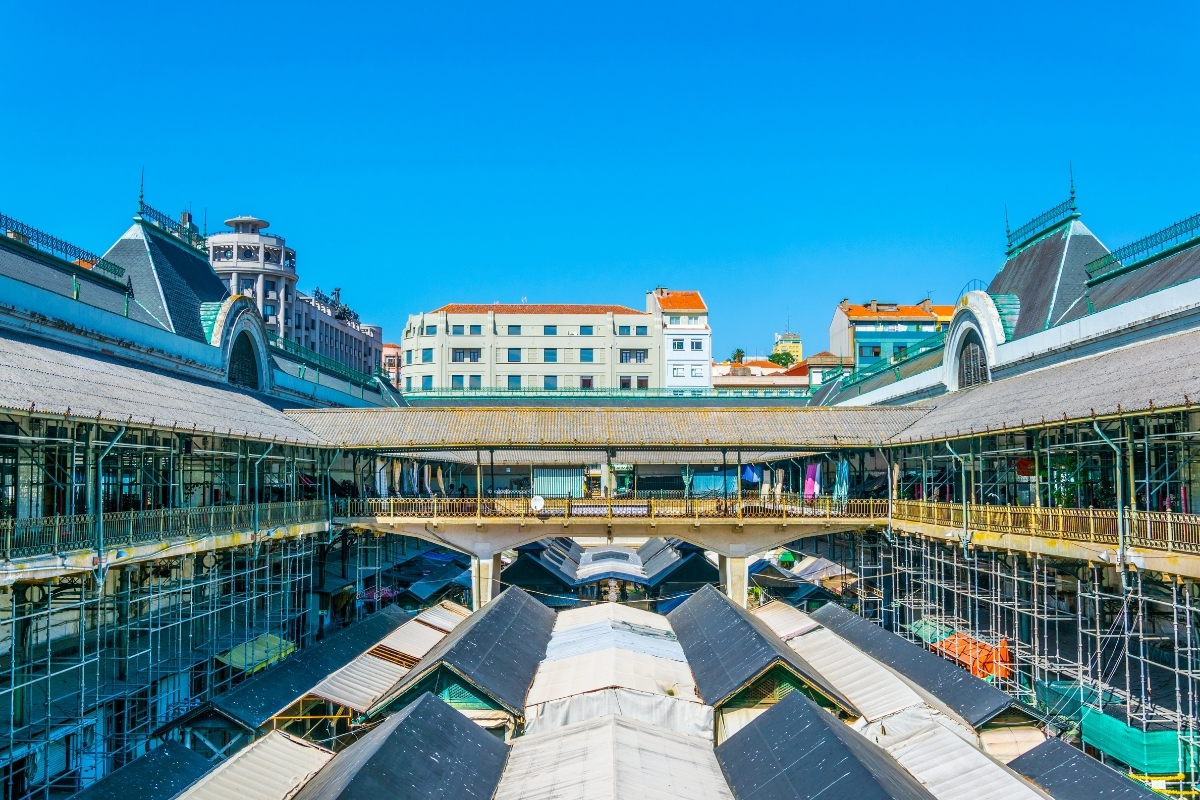
Porto Mercado do Bolhão: A Guide to the Heart of Porto’s Culinary Scene
Porto Bolhão (or Mercado do Bolhão) is one of the most popular and traditional markets in Porto, Portugal. It is a must-visit place for anyone


Explore and travel the world
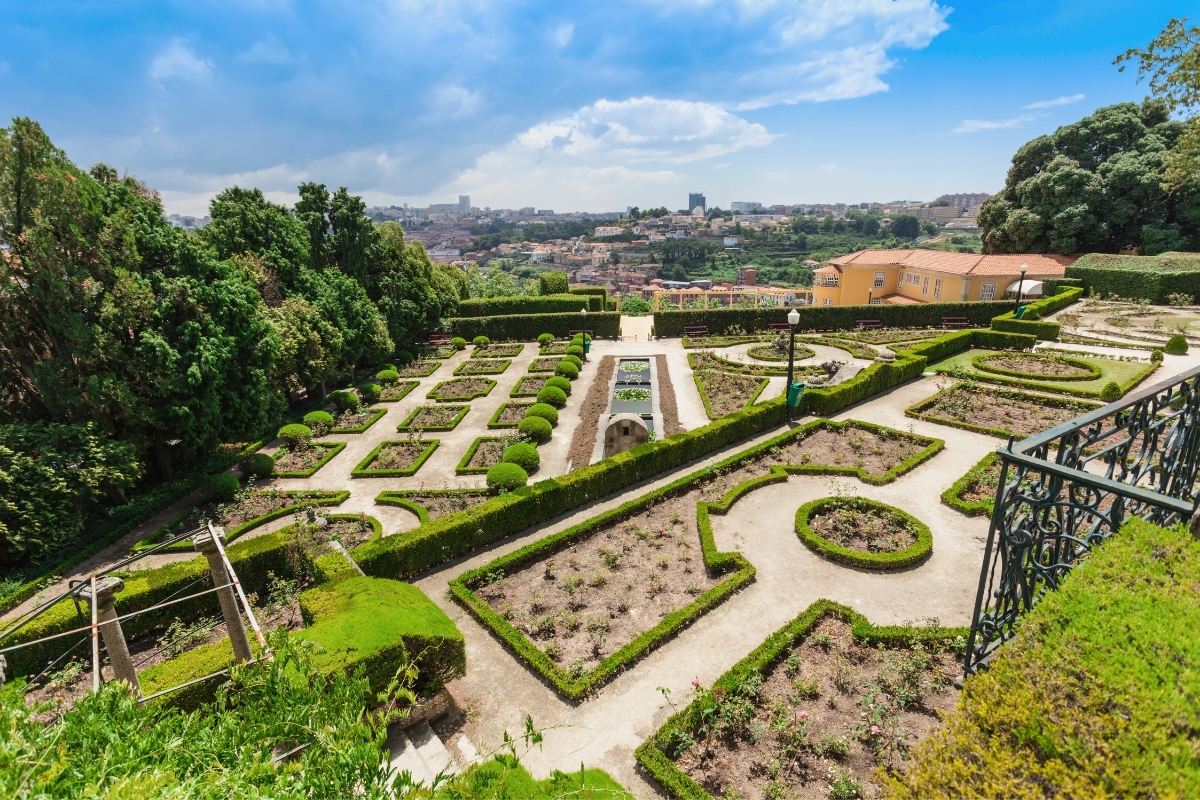
Palacio de Cristal Porto: A Stunning Landmark in Portugal
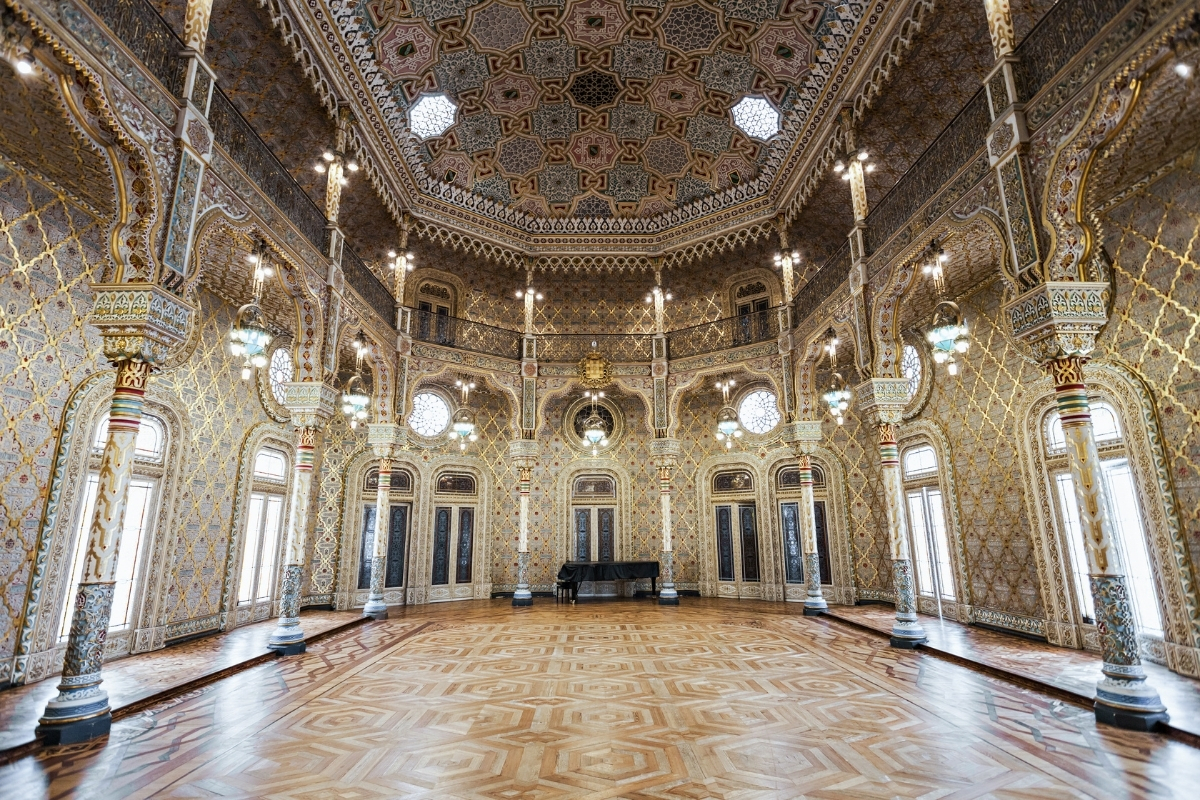
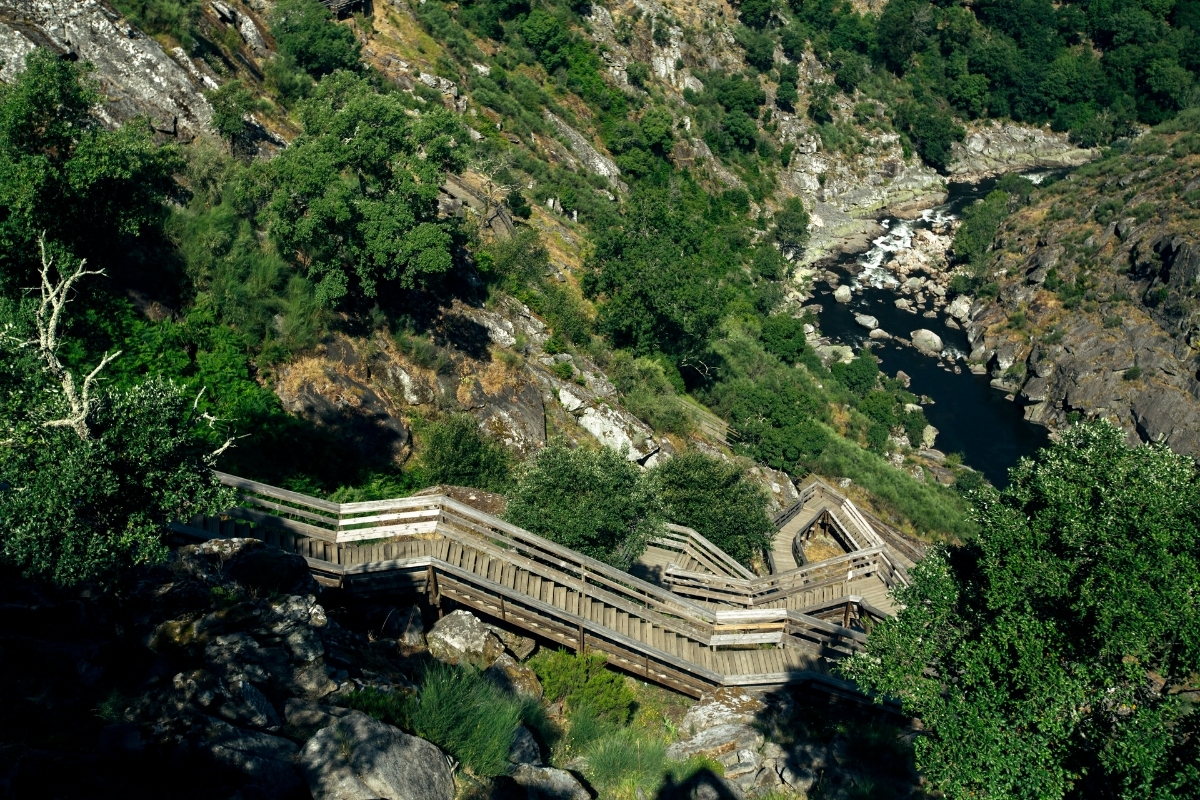
Paiva Walkways from Porto: A Scenic Hiking Trail in Portugal
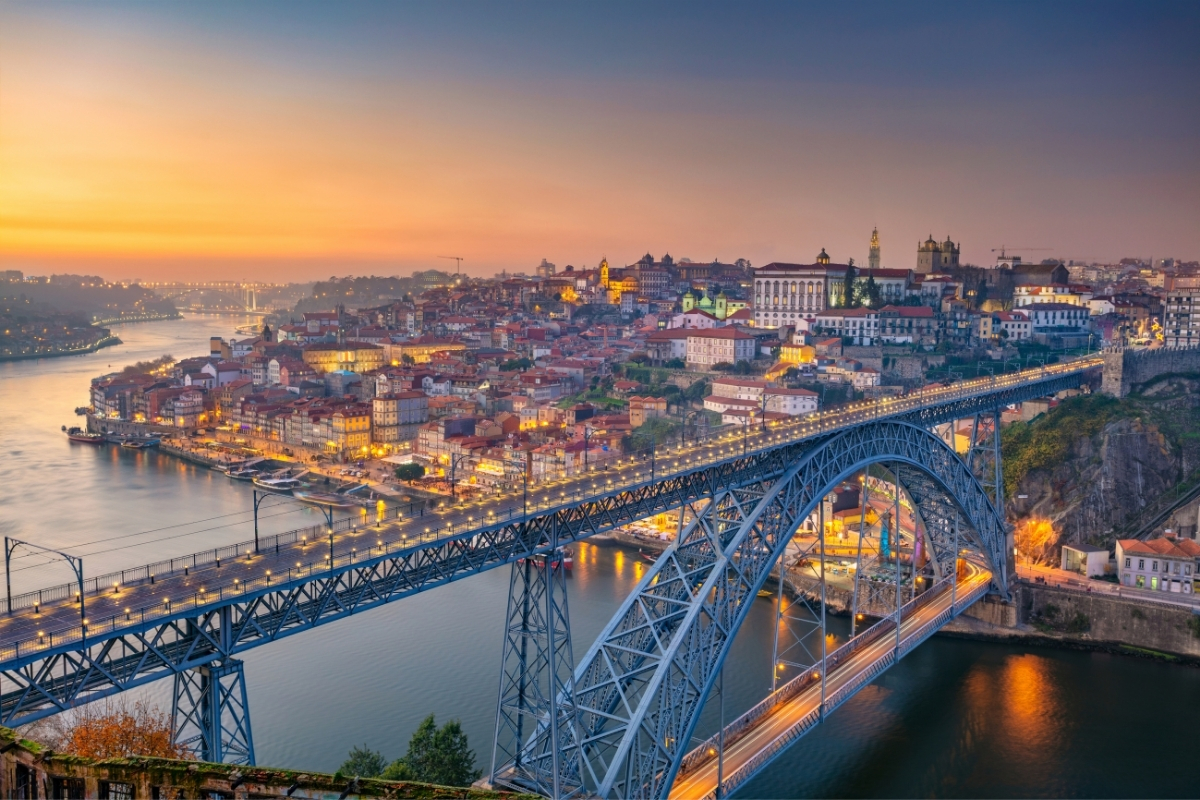
One Day in Porto: What to Do, See and Eat in 24 Hours in the City
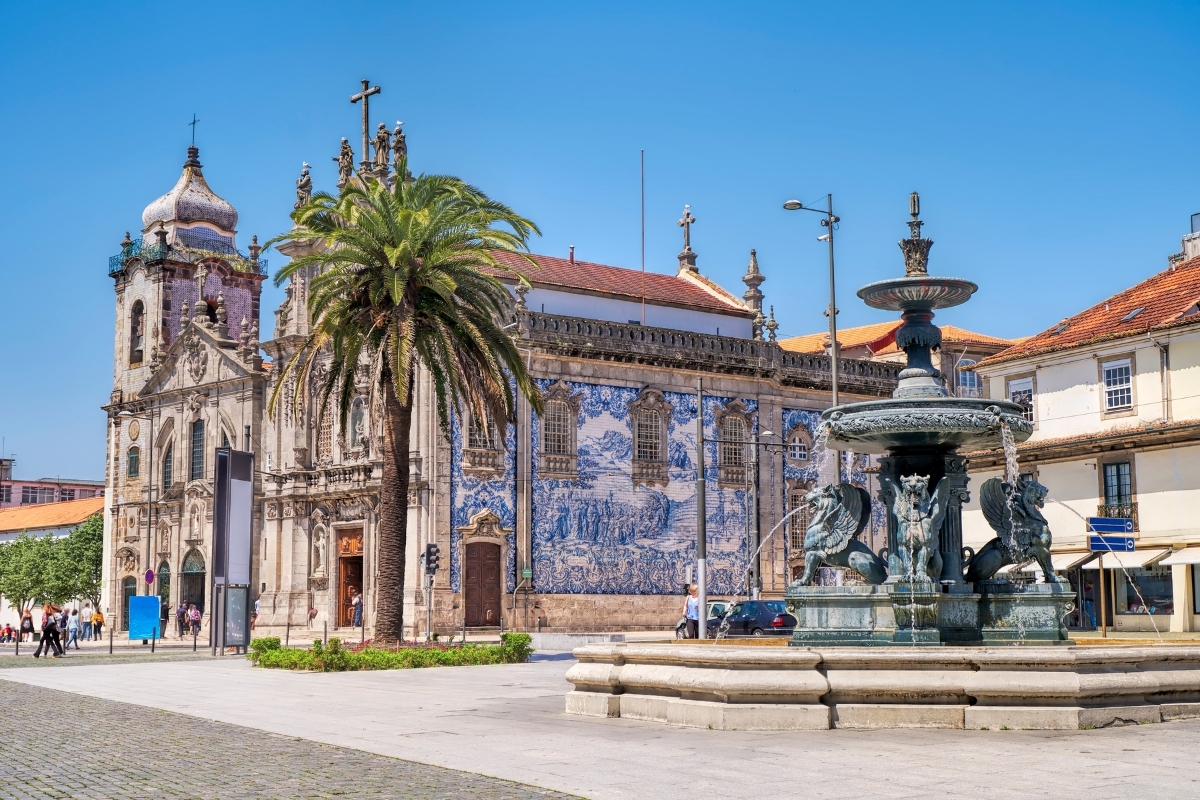
Living in Portugal

Shopping in Porto Portugal: A Guide to the Best Stores and Markets
Porto, a charming coastal city in Portugal, is known for its stunning architecture, delicious cuisine, and vibrant culture. But, did you know that Porto is

Things to Do in Guimaraes: A Friendly Guide to Exploring the City
If you’re looking for a charming city with a rich history and plenty of things to do, Guimaraes should definitely be on your list. Located
Things to Do in Viana do Castelo: A Friendly Guide to Exploring the City
If you’re looking for a charming and historic destination in Portugal, Viana do Castelo is a must-visit. This coastal city is known for its beautiful

What is Porto Famous For: A Guide to the City’s Top Attractions
If you’re planning a trip to Portugal, you might be wondering what Porto is famous for. Porto is a beautiful city located in the north
Our top recommendations
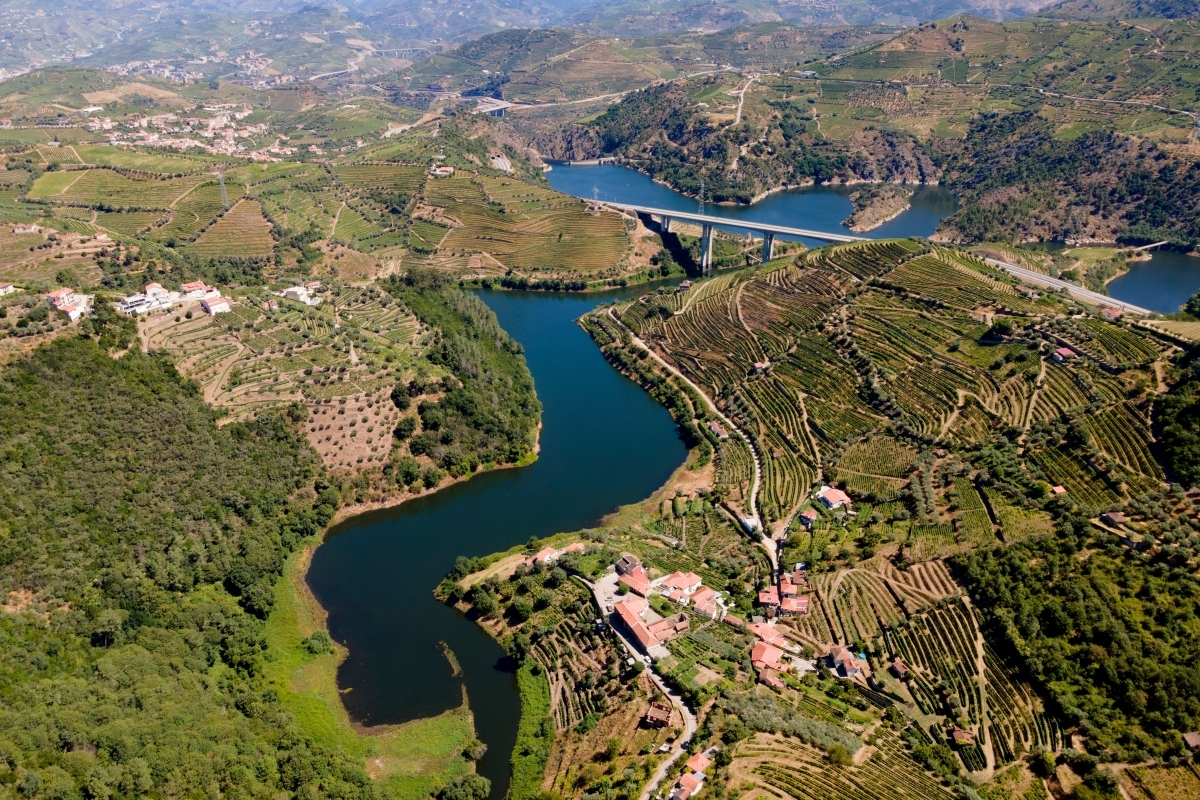
Douro Valley Day Trip from Porto: Exploring Portugal’s Wine Country
The Douro Valley is a picturesque region in Portugal known for its stunning landscapes, delicious wines, and rich cultural heritage. Located just a short distance
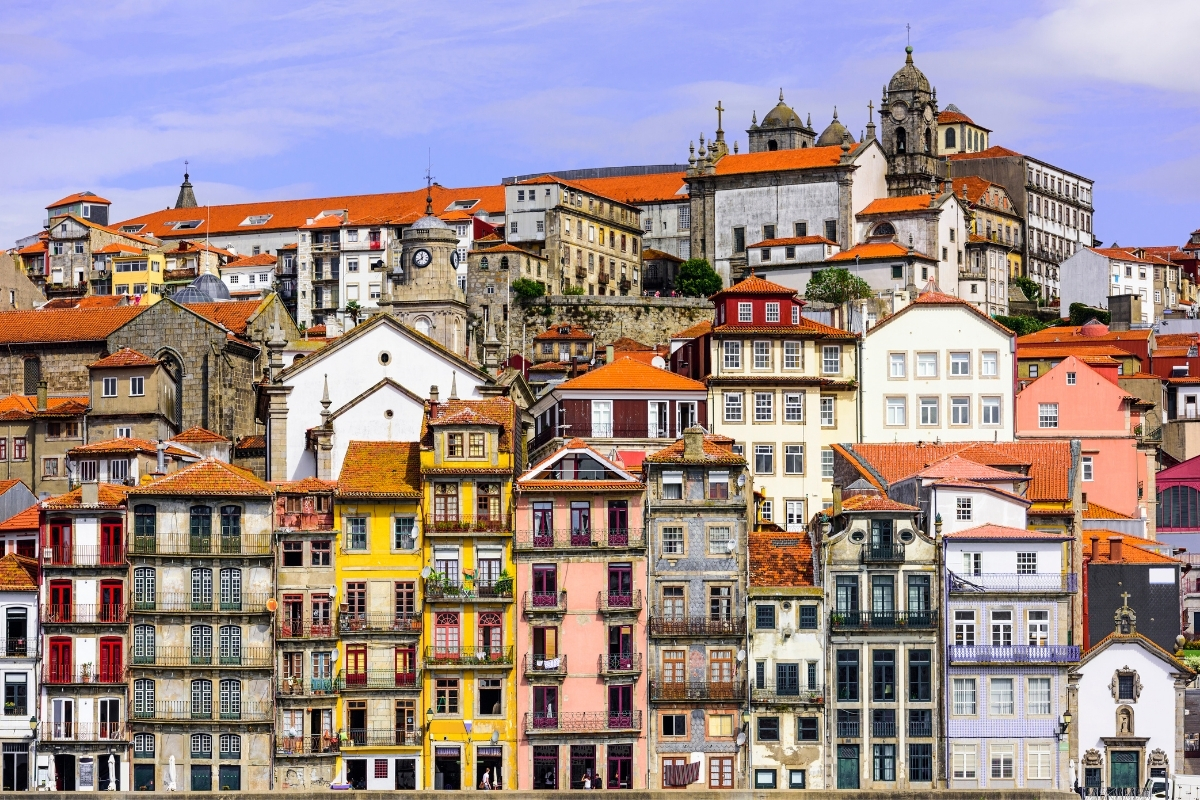
Cost of Living in Porto Portugal: A Guide for Expats
Porto, Portugal, is a charming city located in the northwest of the country. With its rich history, beautiful architecture, and delicious cuisine, it’s no wonder
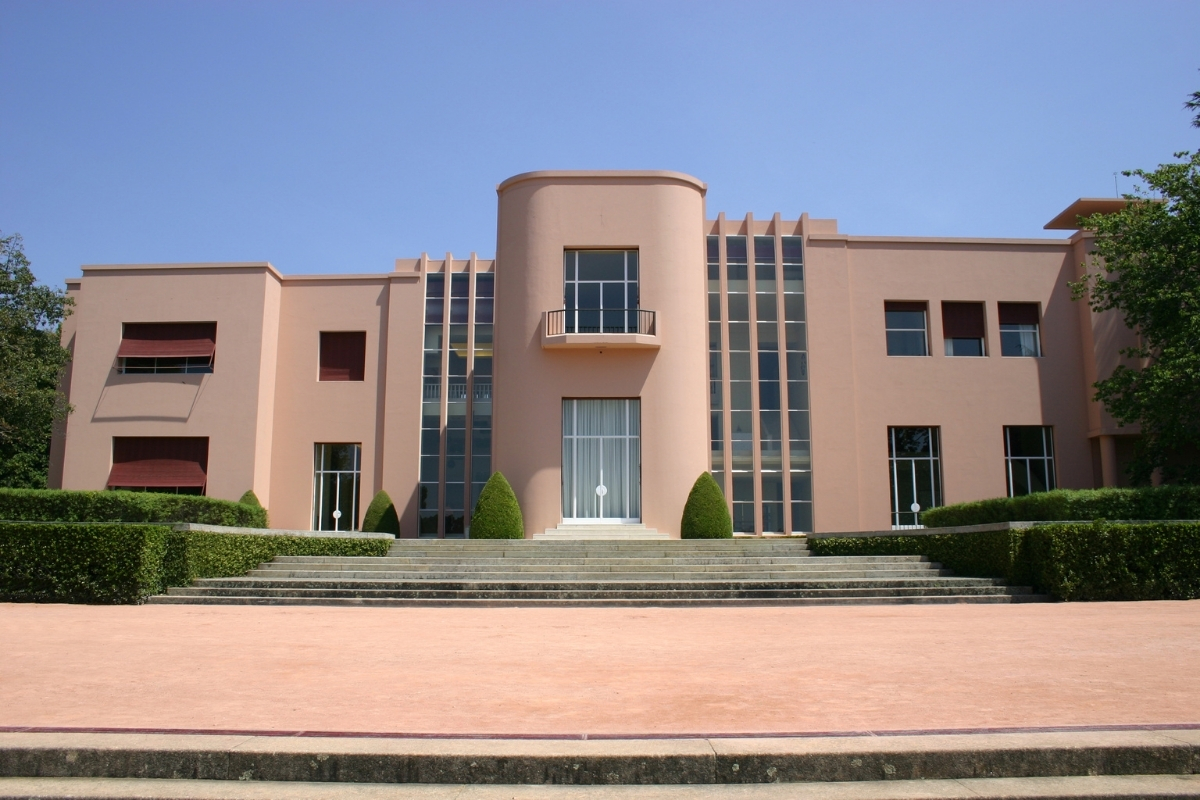
Best Museums in Porto, Portugal: A Guide to the City’s Must-See Exhibits
Porto, Portugal is a city with a rich history and culture, and one of the best ways to experience this is through its museums. Whether

Getting settled
Get one of our travel guides
Need a more in depth guide for your trip to Porto or even to live in Portugal? We’ve got you covered! Explore our guides and find the help you were looking for!

Our Favorite Picks

Shopping in Porto Portugal: A Guide to the Best Stores and Markets

Things to Do in Guimaraes: A Friendly Guide to Exploring the City
Things to Do in Viana do Castelo: A Friendly Guide to Exploring the City

What is Porto Famous For: A Guide to the City’s Top Attractions


